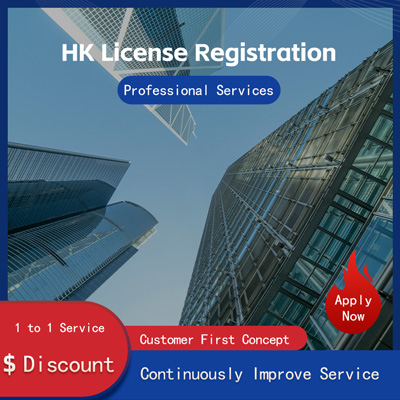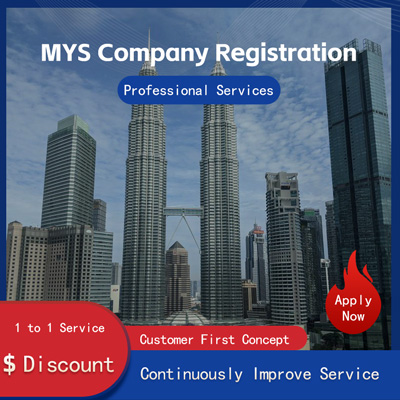
Inquiry into VAT Rates for Commodities in the U.S. System Features, Operation Modes & Impact Analysis
In recent years, the concept of Value Added Tax VAT has been a topic of discussion in various countries around the world. VAT is a consumption tax placed on a product whenever value is added at a stage of production and at final sale. While many countries, including most European nations, have implemented VAT systems to boost government revenue and stabilize their economies, the United States remains an exception. This article explores the unique characteristics of the U.S. VAT system, its operational framework, and the implications it has on the economy.

The United States does not impose a federal VAT, unlike most other developed countries. Instead, the country relies heavily on sales taxes at the state level. Sales taxes vary significantly across states, with rates ranging from approximately 4% to over 10%. These taxes are levied directly on consumers at the point of purchase, making them relatively straightforward to implement. However, this approach contrasts sharply with the VAT model, which is designed to be more inclusive by taxing goods and services at every stage of production.
One key characteristic of VAT is its neutrality. It aims to avoid distorting market decisions by applying the same tax rate to all goods and services. This neutrality is achieved through a mechanism where businesses can reclaim the VAT they pay on inputs, ensuring that only the end consumer bears the ultimate tax burden. In contrast, the U.S. sales tax system often results in a regressive tax structure, disproportionately affecting low-income households who spend a larger percentage of their income on taxed items.
Despite the absence of a federal VAT, there have been discussions about introducing such a system in the United States. Proponents argue that VAT could provide a stable source of revenue, reducing reliance on income taxes and potentially simplifying the tax code. According to a report by the Tax Foundation, implementing a VAT at a rate of 5% could generate approximately $800 billion annually. This influx of revenue could help address budget deficits and fund public services, such as infrastructure and education.
However, the implementation of a VAT in the U.S. is not without challenges. One significant concern is the potential impact on consumer prices. Critics argue that VAT would increase the cost of living, particularly for essential goods and services. For instance, a study published in The New York Times suggests that a 10% VAT could raise prices for basic necessities like food and healthcare, exacerbating economic inequality. Additionally, the complexity of transitioning to a VAT system could pose logistical hurdles, requiring extensive changes to existing tax policies and business practices.
Another issue relates to the administrative burden associated with VAT. Unlike sales taxes, which are collected at the retail level, VAT requires businesses to track and report their input and output taxes throughout the supply chain. This complexity can lead to increased compliance costs for companies, particularly small and medium-sized enterprises. A survey conducted by the National Federation of Independent Business highlights that many U.S. businesses express concerns about the additional paperwork and resources required to manage a VAT system.
Despite these challenges, some experts believe that a well-designed VAT could benefit the U.S. economy. By broadening the tax base and reducing reliance on income taxes, a VAT could stimulate economic growth while generating sustainable revenue. Furthermore, proponents argue that a VAT could encourage savings and investment, as it avoids taxing capital gains and dividends. This aligns with the broader goal of fostering long-term economic stability.
In conclusion, while the United States currently lacks a federal VAT, the concept continues to generate debate among policymakers and economists. The unique features of VAT, such as its neutrality and ability to generate substantial revenue, make it an attractive option for some. However, the practical challenges, including price increases and administrative complexities, must be carefully considered before implementation. As the global landscape evolves, understanding the potential benefits and drawbacks of VAT remains crucial for navigating future economic challenges.
Still have questions after reading? More than 98,000 users have contacted us. Please fill in the following information to obtain business information.

Previous Article
Exploring VAT and Sales Tax in the U.S. Understanding the Differences in Tax Systems
Apr 12, 2025Next Article
Analysis of U.S. VAT Algorithm Understanding Regulations, Operations, and Impacts
Apr 12, 2025Service Scope
MoreRecommended for You
- Guide to Applying for International Rail Freight Reservation Full Process and Key Points to Note
- Labubu's Business Logic Exploring the Perfect Combination of Innovation and Profitability
- The Global Influence of Labubu IP The Power of Exploration, Innovation, and Collaboration
- Amazon Italy Site VAT New Rules Suspected Maximum Deposit Only 50,000 Euros!
- Amazon Commission Setup Steps and Promotion Traffic Activation Strategies
- Practical Guide to Building Private Domain Traffic for Cross-Border Import E-Commerce From Zero to One
- Discussion on Criteria for Determining Infringement of Labubu Peripheral Renovation Materials
- Steps for Spanish VAT Registration and Obtaining APOSTILLE Certification
- Amazon Old Link Activation Analysis of Three Strategies and Five Practical Techniques, a Must-Read for Sellers
- Efficient Strategies for Launching New Private Label Products on Amazon
- Uploading VAT Information for Amazon Austria A Guide
- Deep Interpretation of Amazon Prime Day Event Schedule and Planning Plan
- Key Clause Interpretation of International Freight Forwarding Contract Importance of Liability Division and Compensation Standards
- Difference Between Master Air Waybill and House Air Waybill in International Air Freight Exploration and Interpretation
- Comprehensive Guide to Return and Exchange Policies for Standalone Stores Interpretation of Terms from Beginner to Expert
- eBay New Store In-Depth Interpretation on Product Listing Limits and Platform Policies
- Deep Interpretation of TikTok's Big Black Friday Promotion Planning Plan
- Prohibited Product Categories and Policy Interpretation on Wish Platform
- Detailed Interpretation of Lazada Local Store Shipping Process and Qualification Requirements
- How Chinese Sellers Can Apply for VAT Numbers in France Methods and Steps


 ONE
ONE








Customer Reviews
Small *** Table
December 12, 2024The experience was very good. I was still struggling to compare it with other companies. I went to the site a few days ago and wanted to implement it as soon as possible. I didn't expect that everything exceeded my expectations. The company is very large, with several hundred square meters. The employees are also dedicated and responsible. There is also a wall of certificates. I placed an order on the spot. It turned out that I did not make a wrong choice. The company's service attitude is very good and professional. The person who contacted me explained various things in detail in advance. After placing the order, the follow-up was also very timely, and they took the initiative to report the progress to me. In short, I am very satisfied and recommend this company!
Lin *** e
December 18, 2024When I first consulted customer service, they recommended an agent to me. They were very professional and patient and provided excellent service. They answered my questions as they came in. This 2-to-1 service model is very thoughtful. I had a lot of questions that I didn’t understand, and it’s not easy to register a company in Hong Kong. Fortunately, I have you.
t *** 7
December 19, 2024I originally thought that they only did mainland business, but I didn’t expect that they had been doing Hong Kong business and were doing very well. After the on-site interview, I decided to ask them to arrange the registration of my Hong Kong company. They helped me complete it very quickly and provided all the necessary information. The efficiency was awesome. It turns out that professional things should be done by professionals.👍
b *** 5
December 16, 2024In order to register a company in Hong Kong, I compared many platforms and stores and finally chose this store. The merchant said that they have been operating offline for more than 10 years and are indeed an old team of corporate services. The efficiency is first-class, and the customer service is also very professional.